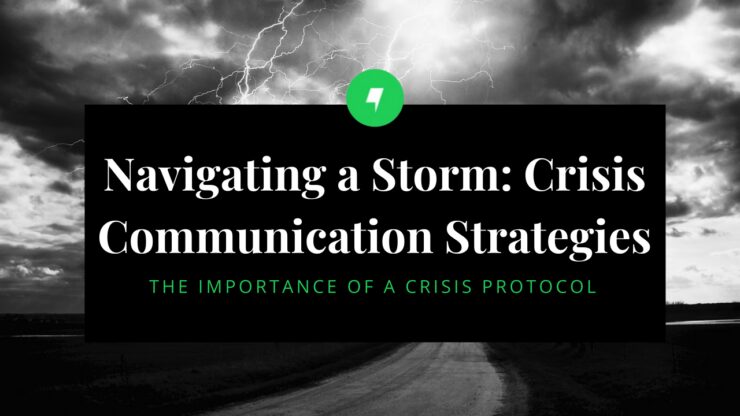In recent weeks, several local organizations have found themselves navigating turbulent waters, facing crises that threaten their reputations and operations. Observing these situations as they unfold serves as a stark reminder: every communications team must have a crisis protocol at the ready.
Anticipating and Planning for Potential Crises
For those who can foresee potential issues that may escalate into an external crisis, creating a detailed communications timeline is essential. This timeline should encompass:
- Steps for Communication: Define the processes for reaching out to both internal and external audiences.
- Identify the Spokesperson: Determine who will be the face and voice of the organization during the crisis.
- Deploy Communication Tactics: Assign specific tactics and responsibilities to team members.
- Prepare Key Messages: Craft your narratives and key messages for your spokesperson and leadership.
- Prepare Copy for Each Tactic: Develop copy for each communication tactic tailored to each audience.
Best Practices for Unexpected Crises
With an unexpected crisis, there is not time for long term planning, but immediate assessment of what is happening and sharing your story quickly is key. If you find yourself in this situation without a pre-existing protocol, consider the following best practices:
- Gather the Facts: Ensure you have accurate and comprehensive information as soon as possible.
- Remember Internal Communication is First: Share statements with employees immediately to address the issue before it leaks externally.
- Speed is Essential: Rapid response helps define the crisis narrative and curb misinformation.
- Speak First, Frequently, and Truthfully: Manage the message by sharing what you know, maintaining close contact with the press, and offering frequent updates. Avoid speculation and always tell the truth.
- Be Honest: Acknowledge what happened, even if it means admitting to company shortcomings. Honesty builds credibility.
- Communicate with Empathy: Show that you care through your words and tone. Compassion should be a leading key message.
- Provide Next Steps: After acknowledging the issue, detail how it will be addressed or prevented in the future. Focusing on actionable steps will help steer coverage positively and shorten the story’s lifespan in the media.
The Need for a Crisis Protocol
If your communications team lacks a crisis protocol, now is the time to create one. Consider engaging Maven’s experienced team in crisis management to assist in developing a robust plan. Being prepared is the cornerstone of effective crisis communication, ensuring your organization can navigate any storm with confidence and clarity.
Thank you for reading our insight. In addition to these quick reminders, I recommend reading some Maven’s other insights about crisis communications:
- The Importance of Message Consistency in a Crisis
- The Importance of Defining a Clear Narrative BEFORE Crisis Hits
- Speaking Volumes: The Art of Spokesperson Selection in Crisis Response
- The PR Perils of Keeping Quiet
Posted In Crisis Communications, Maven Communications, Media Relations, Public Relations
 Veronica Mikitka Reed
Veronica Mikitka Reed 